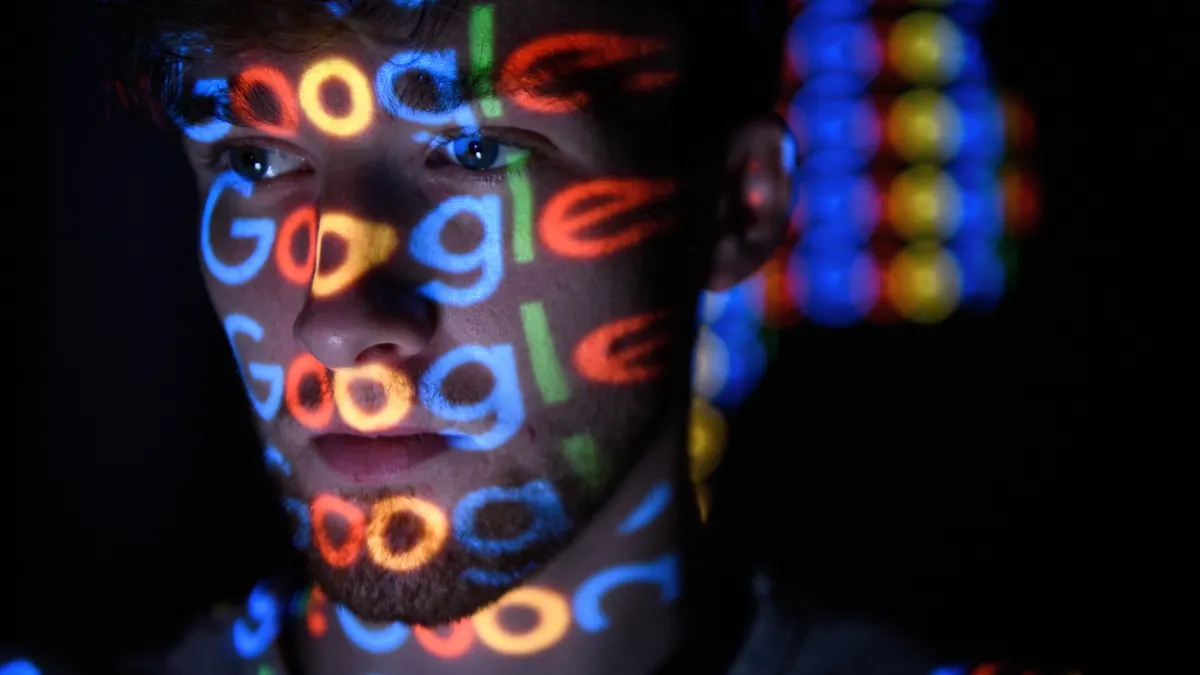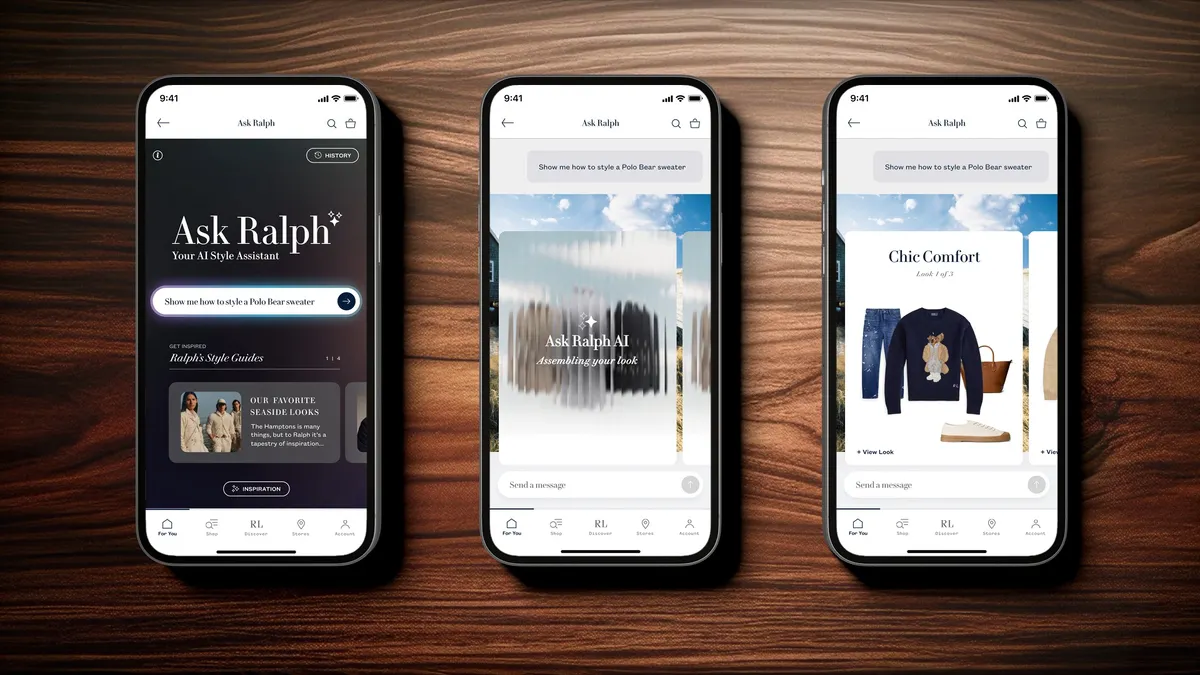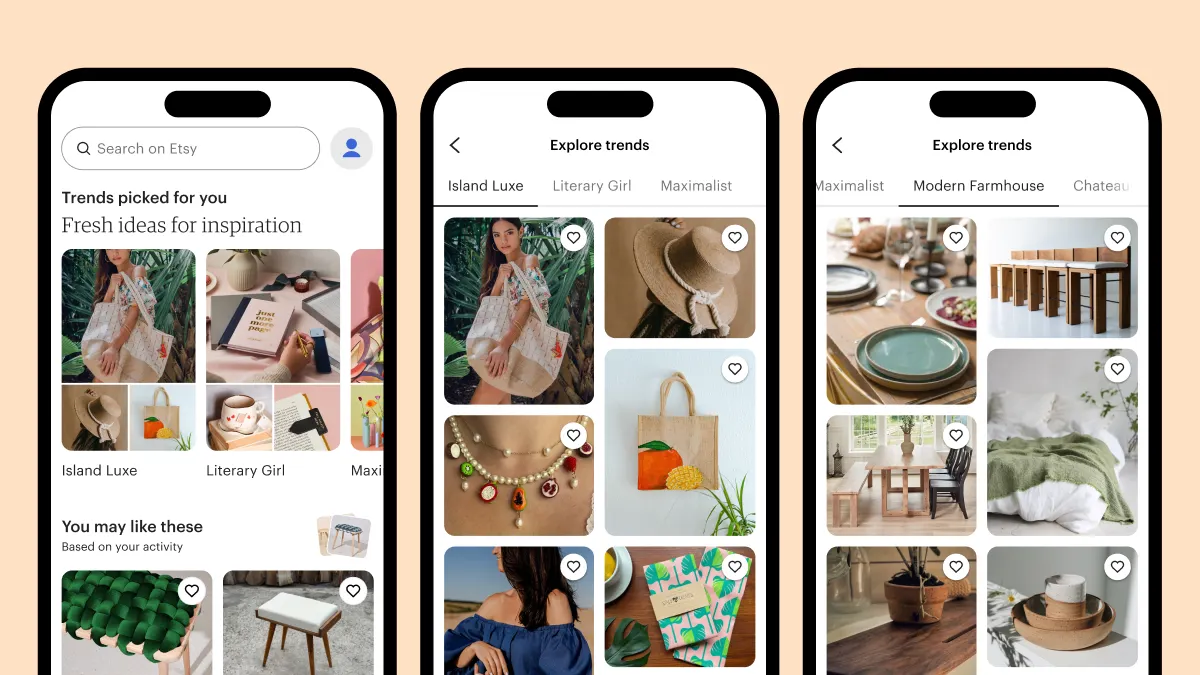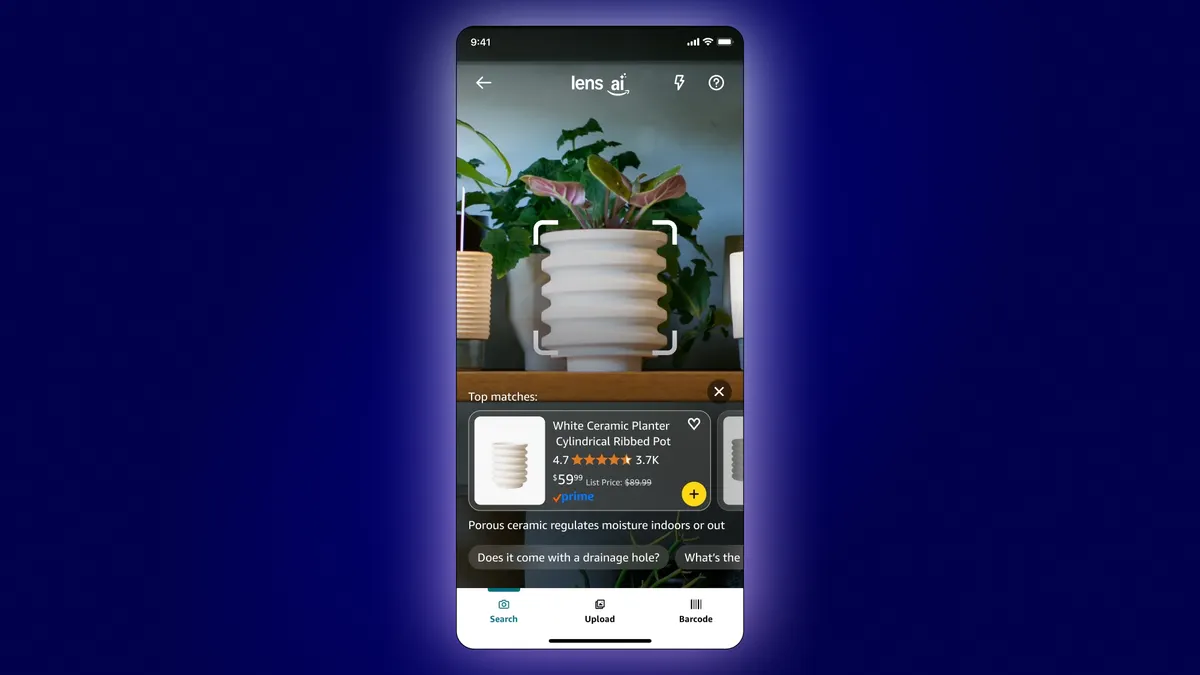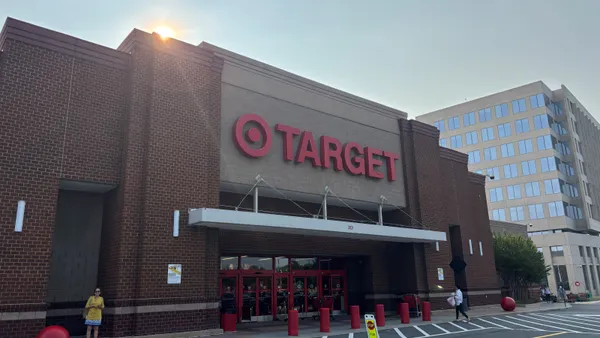Nike capitalizes on its iconic "swoosh" symbol to create photogenic spaces. Swedish retailer Bubbleroom has high-tech selfie mirrors in its dressing rooms. Kate Spade stores feature colorful, quirky wall decor.
These types of in-store attractions not only draw customer foot traffic, they also inspire shoppers to snap smartphone photos to share on social media.
Doing what they can to encourage this type of social sharing could save retailers from the looming "retail apocalypse," the term inspired by the sheer pace at which brick-and-mortar stores have shuttered this year.
Whether it's designated in-store photo-taking spots, featured attractions or creative hashtags, brands thrive when they connect online and in-store conversations. It's all about differentiation, said Jen Forrest, director of social media at digital marketing and advertising agency DEG.
"Having that kind of experience in stores really allows retailers to tell a bigger story and still have a social shopping experience," she said, explaining strategic marketing should take a holistic, omnichannel approach.
"Trying to connect the dots is going to help differentiate a brand, and I think that is the biggest challenge that we have."
Designing destination stores
Creating true destinations may help position brands to better connect with customers about what's happening in stores and online, said Bill Connolly, director of content at Olapic, creator of an earned content platform that helps brands tell their stories. The first step is understanding who customers are and what they want.
Olapic recently analyzed 1,000 images from a handful of global brands to better understand what motivates in-store user-generated content. Findings, published in the report "Strategy guide: Build an in-store experience for the social age," highlight the need for interactive and visually-appealing spaces.
How to best encourage social sharing in-store is brand-specific, but Connolly says brands should scale their own content creation by first looking at the in-store content shoppers are already creating and sharing organically.
Creating hotspots in dressing rooms or other parts of the store helps retailers inspire user-generated content. Brand icons, in-store attractions, creative displays, artistic elements and special events create greater photo-sharing opportunities.
Several brands stand out with their efforts in Olpaic's report. Diesel featured a full-sized fake yak at some of its brick and mortars, which then popped up frequently on customers' social media. Puma stores' urban-themed designs are a regular UGC focus. Charlotte Tilbury's beauty salons are also shown to encourage social sharing.
These types of touchpoints can also tie more directly to business in a way that incentivizes engagement. Bubbleroom's selfie mirrors, for example, let customers send themselves snapshots of the outfits they try on. They receive discounts for posting pictures, which the fashion retailer uses for promotions (with their permission, of course).
Connecting the conversation
Hashtags also can be used as effective connectors of in-store and digital conversations. However, DEG's Forrest urged brands to keep it simple by using the brand name and hashtag consistently for ongoing UGC. She praised West Elm's #mywestelm and Target-brand hashtags for their simple approach.
Overly complicated hashtags should be avoided, but campaign-specific ones can drive foot traffic to physical promotions. The Olapic report highlights Pepe Jeans' hashtag #GetItOnChallenge, encouraging customers to post videos of themselves putting on the brand's Powerflex Jeans with no hands to win a pair. Pepe set up designated in-store areas for the promotion.
Creating a social section of the store is another way retailers can encourage UGC and bridge digital and real-world channels. These areas can feature a step-and-repeat backdrop or products curated by a brand's top influencer or best-selling online products.
"It can make your homepage come to life in the store," Forrest said.
Understanding the modern path to purchase
With any UGC, Jim Davidson, director of research at TurnTo, a customer-content platform, stated it's important to know that customers today rarely walk into a store, pick up a product and make a purchase.
The purchase journey is much more interactive, with shoppers soliciting recommendations from friends and reading online reviews. TurnTo's research shows that nearly 70% of shoppers look at product reviews while shopping in-store, so Davidson urged retailers to make the process easier for customers.
Encouraging customers to check out content created by others while in the store increases the likelihood of a sale and also promotes social sharing. Using short URLs and placing calls-to-action throughout the store connects shoppers to a brand's website and social media content, where they can access reviews and product photos — along with sharing their own experiences.
"User-generated content bridges the gap between the channels by giving your shoppers immersive, frictionless brand interactions that enrich shopping experiences, help shoppers to buy with confidence and build a foundation for long-term loyalty," Davidson explained.
Rethinking in-store experiences
Carefully crafted in-store experiences help brands set themselves apart and tell a layered cross-platform story. The trick is offering customers something that's truly unique.
"Brands need to do a better job driving people to the store by offering something that's better than what customers can get online," Connolly said. "The reality is people don't need to go to your store in order to make a purchase anymore. But, that doesn't mean that the in-store environment isn't still a valuable touch point that can be used to drive loyalty. It just means that the in-store environment needs to be re-thought."
As the holiday shopping season approaches, brands have a big opportunity to create in-store customer experiences that are share-worthy.
"Smart brands are recognizing it as an opportunity to extend that value beyond the holiday season as an ongoing experience that creates long-term value," Connolly said.
No matter the time of year, being authentic and creating in-store experiences that highlight a brand's mission and culture is key, he noted. Shoppers, both online and in-store, crave personalization and increasingly favor experiential marketing over straightforward brand advertising and promotions.
"Customers are calling to task brands that aren't delivering experiences that are valuable to them and that are personalized," Connolly said. "Now, customers have the power to really drive true change in the way that brands do their marketing in-store and digitally. They no longer have patience with brands who aren't going to be authentic and personal."








